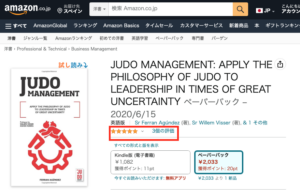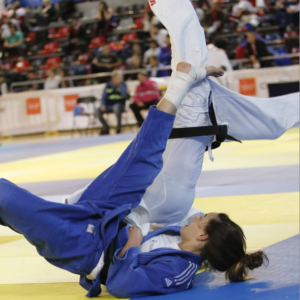The traditional schools of jiujitsu mainly practised kata, but Jigoro Kano (1860 ), the founder of judo, insisted that the study of judo must consist of both Randori (free practice) and Kata (prearranged movements) , he considered that only doing randori limited the study of principles, and only doing kata was insuficient to to train for unexpected attacks.
The kata practise develops the ability to execute techniques and movements in a natural, reflex-like manner. The systematic and repetitive manner helps to internalize the movements so they can be executed without thougt or hesitation.
In judo , katas are practised with a partner with the objective of teaching the basic philosophical principles in which judo is based.
JUDO: Nage No Kata demonstration
Teams using the improvement kata learn as they strive to reach a target condition, and adapt based on what they are learning. Kata and Randori, the basis of the study of judo.








